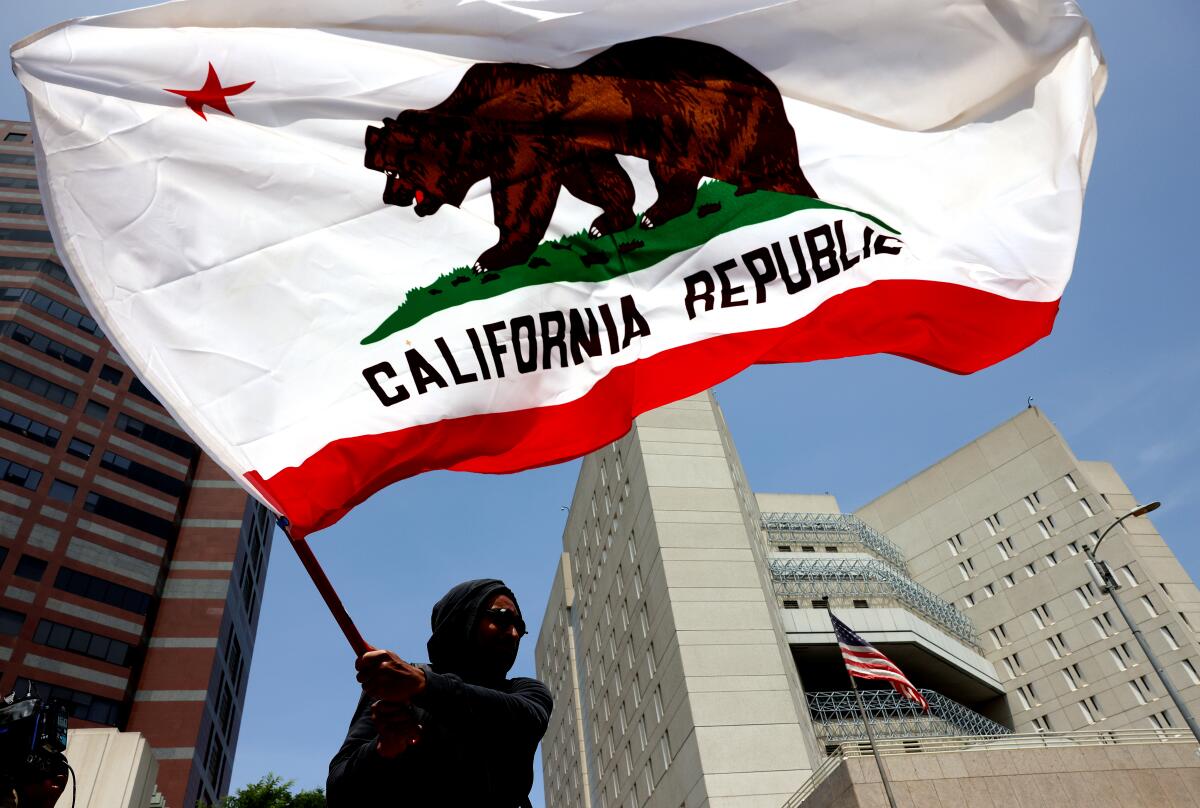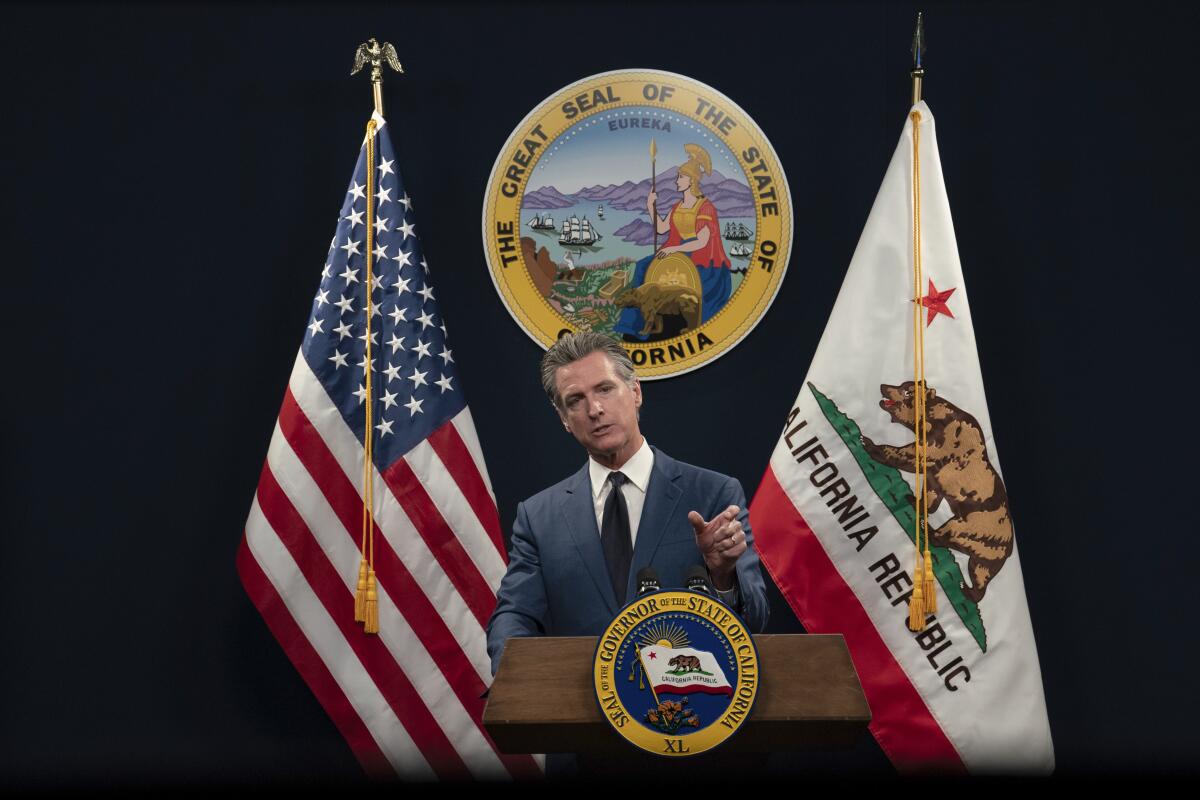CALIFORNIA’S HIGH-SPEED RAIL: TAXPAYER TRIUMPH OR $100 BILLION DISASTER? THE SHOCKING TRUTH BEHIND AMERICA’S MOST CONTROVERSIAL INFRASTRUCTURE PROJECT
California’s High-Speed Rail Project: A Taxpayer Victory or a Missed Opportunity?
The recent announcement declaring an end to federal funding for California’s high-speed rail project has sparked fierce debate. Supporters hail it as a long-overdue shutdown of a mismanaged “train to nowhere,” while critics argue it represents a short-sighted retreat from infrastructure innovation. Here’s a breakdown of the key perspectives:
Why Some Celebrate This Decision
-
Cost Overruns & Broken Promises
-
Originally estimated at $33 billion in 2008, the project’s price tag ballooned to over $100+ billion, with delays stretching completion timelines into the 2030s (if ever).
-
Critics argue that the Central Valley segment under construction serves low-population areas first, dubbing it a “train to nowhere” instead of connecting major cities like L.A. and San Francisco as promised.
-
-
Taxpayer Relief
-
With federal funds now blocked, proponents see this as a win against wasteful spending, especially since California’s state budget already faces deficits.
-
-
Political Backlash
-
The project became a lightning rod for conservatives, who framed it as a symbol of government inefficiency under Governor Gavin Newsom.
-

Why Others See It as a Mistake
-
Infrastructure Needs
-
California’s highways and airports are overcrowded. A functional high-speed rail system could have reduced congestion and emissions, aligning with climate goals.
-
-
Global Precedent
-
Countries like Japan, France, and China have successful high-speed rail networks that boost economies. Critics argue the U.S. is falling further behind in modern transit.
-
-
Jobs & Investment Loss
-
Thousands of construction jobs and regional economic benefits are now at risk, particularly in the Central Valley, where the project was a major employer.
-
The Bigger Picture
The debate reflects a deeper divide:
-
Skeptics say the project was doomed by poor planning, NIMBYism, and overregulation.
-
Advocates argue that abandoning it perpetuates America’s inability to build big infrastructure projects efficiently.

Whether this is a “taxpayer victory” or a “missed opportunity” depends on whom you ask. One thing’s clear: The saga of California’s high-speed rail will remain a case study in how not to manage ambitious infrastructure—and whether the U.S. can ever modernize its transit systems.

